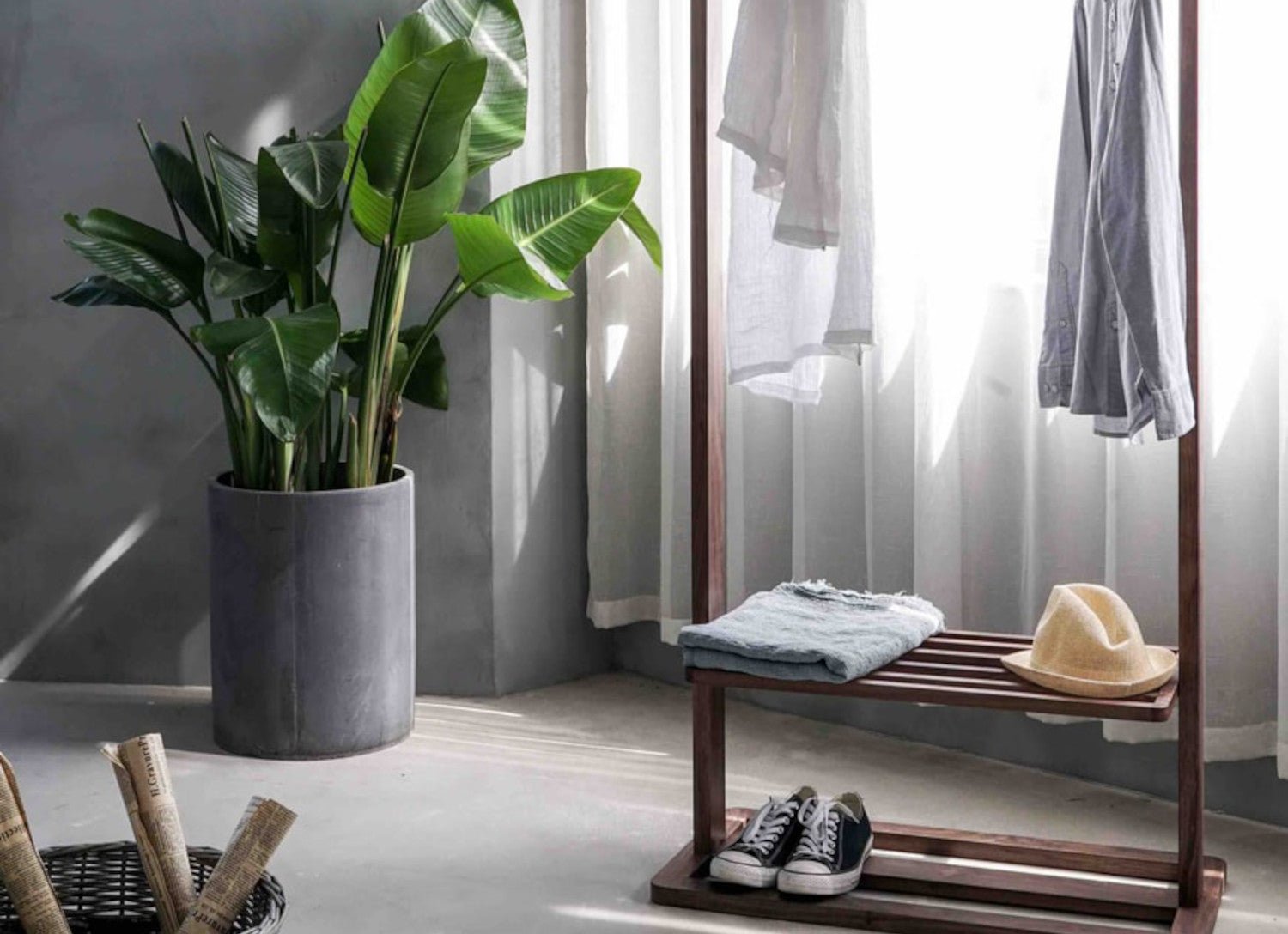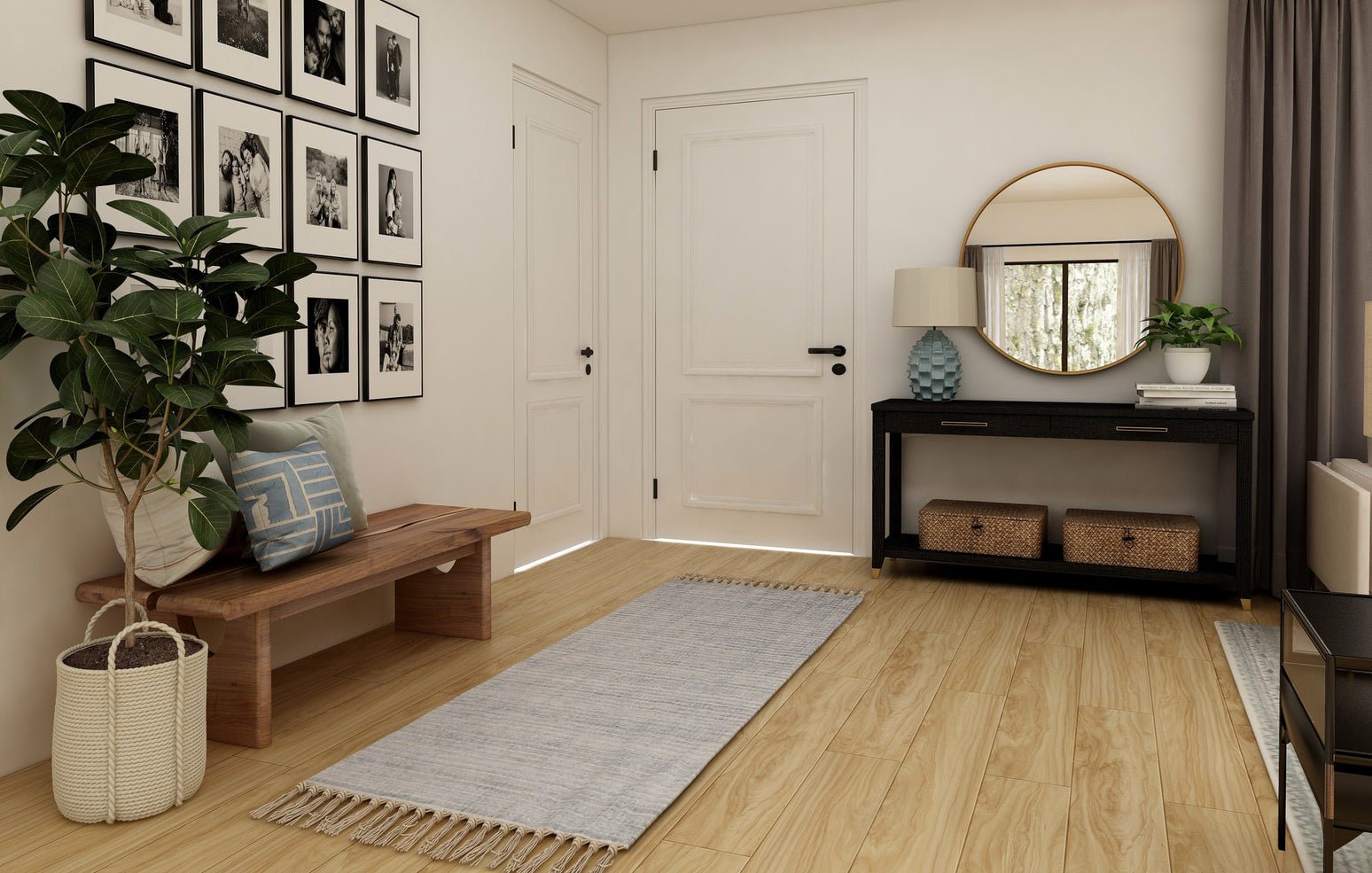When you think about industrial design, the first images that come to mind might be of dark colors, exposed architecture, grungy textures, and perhaps elements of days gone by. It is so distinct that when you see an industrial-style home, you would immediately label it as such–and you will probably be correct nine times out of ten!
But what is industrial interior design, exactly? What are the different elements of this interior design style? And if you want to design an industrial-style home, which specific elements should you go for? In this article, we will answer all of these questions and more, so keep reading until the end!
First, let’s define what industrial interior design is.
What Is Industrial Interior Design?
Simply put, industrial interior design is influenced by the aesthetic of factories, warehouses, and other types of industrial buildings. In the 1970s, this interior design style evolved due to the continuous conversion of industrial buildings into residential homes. Today, it is one of the most popular interior design styles for both commercial and residential spaces, distinguishing itself from other prominent design styles of the era.These loft style apartments are actually highly sought after.
The industrial interior design style is defined by wide, open spaces; exposed architectural elements; reclaimed materials (e.g. brick, stone, wood); vintage and rugged decor; and a utilitarian feel. An industrial-style space looks as if it is unfinished, and that kind of ‘ruggedness’ provides a casual, relaxing environment to live in.
But let’s dig a little deeper here. To fully answer the question of “what is industrial style interior design?”, we must define its most basic elements.
Elements of Industrial Interior Design
Industrial interiors are characterized by the architectural elements within a space. To design an industrial-style space, here are the basic elements that you will need to focus on:
Large & Open Space
The first industrial-style residential spaces were real industrial buildings that were converted to livable homes, and these buildings were large and open to accommodate large numbers of equipment and workers. This is why most industrial-style homes boast wide, open layouts that have little to no partition in between areas, making rooms feel larger and brighter than they are.
Neutral Monochromatic Colors
The main color palette of an industrial-style home often consists of neutral monochromatic colors, such as white, gray, and black. Accent colors are used sparingly, and they can either be solid colors (e.g. blue, green, red) or textures like rust and wood tones.
Exposed Structural Elements
While other interior design styles may hide structural elements like pipes and concrete, the industrial design style embraces them. In fact, some designers even incorporate faux exposed elements when leaving the real ones exposed is not feasible. These elements include ductwork, pipes, bricks, concrete, beams, and pipes.
Rustic & Vintage Decor
The industrial interior design style also goes for the rustic feel, so it is not uncommon to see decorations like vintage photographs, old-timey appliances, raw wood accessories, and decor pieces made from unfinished metal.
Metal Fixtures
Metal fixtures made from copper, iron, brass, are mainstays in the interior design style. Forget polished metal–in industrial design, you want metal that looks as raw as possible, be it for handles, doorknobs, railings, faucets, and other metal fixtures.
Industrial Design vs. Rustic Design
There are many similar elements between industrial and rustic design. So much so that when you look up what is industrial style interior design, you’ll likely find results that are very similar to rustic interior design. To illustrate, both industrial and rustic interior design styles are characterized by rustic & vintage decor; rugged and raw aesthetics; neutral colors; and a sort of bare-bones feel.
However, rustic interior design tends to be more “feminine” (natural materials, organic textures, colors of nature, etc.), whereas industrial interior design leans towards a more “masculine” feel (e.g. darker tones, distressed elements, rugged metal). That said, by combining these two design styles, you get to achieve a good balance between harsh ruggedness and refined roughness, with more touches of natural elements.
If you want to learn more, be sure to check out our article on what is rustic interior design!
Industrial Design Vs. Scandinavian Design
The Scandinavian design style, also known as Nordic design, emphasizes minimalism, functionality, and authentic simplicity. One of its primary goals is to evoke hygge, a Danish concept that refers to finding comfort and happiness by cherishing the little things. Hence, the Scandinavian interior design style revolves around clean, simple yet highly functional themes and elements.
The industrial design and Scandinavian design styles share a few common elements, including minimal decor, natural materials, and large, open spaces. But despite these similarities, the general aesthetic of these two styles differs greatly.
A Scandinavian-style space focuses on elements that you can find in nature, such as plants, natural materials, organic textures. On the other hand, an industrial-style room will look fresh from the industrial age, full of darker colors, metal fixtures, and gritty details. Learn more about this interior design style in our previous blog on what is Scandinavian design!
What Is Industrial Interior Design Going To Look Like In Your Home?
Industrial interior design is going to look very vintage, raw, and stylishly rugged. And today, we’re going to explain what it will look like in action. Let’s take a look at some of the best affordable industrial furniture pieces that will help you achieve this coveted style perfectly.
Industrial Style Bar Carts
Industrial style rolling bar carts are the perfect solution if you don’t have an actual bar in your home–or simply need extra storage space. These industrial bar carts feature metallic frames, beautiful wood finishes, and clean lines–all key elements of the industrial design style. Plus, they come in neutral colors, so you won’t have trouble matching them with existing furniture, fixtures, and decor elements in your home.
Pro tip: aside from storing alcohol, you can also use these industrial-style bar carts to store dishware and serve guests–perfect for a fancy dinner party! Make sure to check out our article on how to setup a bar cart for some amazing tips.
Industrial Style Shelving
An industrial-style home is not complete without ladder shelving. How does industrial ladder shelving differ from regular shelving, you may ask? Well, the main difference is that industrial-style shelving often features metal frames with clean, sharp lines. On the other hand, regular shelving is usually made with one type of material all throughout, which is often wood.
This type of shelving emphasizes function over form, but still looks stylish in its simplicity. Spruce it up with books (preferably arranged in an aesthetically-pleasing way), shelf sitters, vintage pieces (authentic or otherwise), framed art, and the occasional plant.
Industrial Style Bar Stools & Tables
Some people think that stools and small tables bring no significant value to a space, but they cannot be more wrong. Sure, a dining table or a counter may pull the eye better than a bar stool can, but it is these auxiliary pieces that tie the whole aesthetic together.
All that said, pick these types of furniture carefully to avoid the risk of disrupting the theme. When it comes to counter height bar stools, consider the color and style that will complement your counters (and the rest of the dining room) the most. For example, if you have bone-white counters, white bar stools with black metal frames are a good choice.
The same goes for minimalist coffee tables. However, it can be tougher to pick out the right coffee table because it’s going to take a lot of attention in the living room. In this case, your best bet is to pick out a neutral-colored coffee table with clean lines and a simple design. Of course, if you’re feeling more adventurous, you could pick a piece that clashes a little bit with the rest of the room.
Finally, we have industrial-style end tables. These tables are small, yes, but they are never insignificant to a space. In fact, they can serve as standalone accent pieces if you style them just right. In any case, however, choose an end table that balances out the piece of furniture next to it. For instance, if you have a white, lumpy leather armchair, you could pick an end table with a darker color and sharp lines to put next to it.
Final Thoughts On Industrial Style Interior Design
Now that we have the answer to “what is industrial interior design” and have a good idea of how we can achieve this style in our home, it’s time to start looking for the best place to score the best industrial furniture. Well, you just so happen to be in the right place! Here at Nathan James, we have one of the best collections of industrial pieces to bring style and functionality into your industrial-style home–but without breaking the bank.





